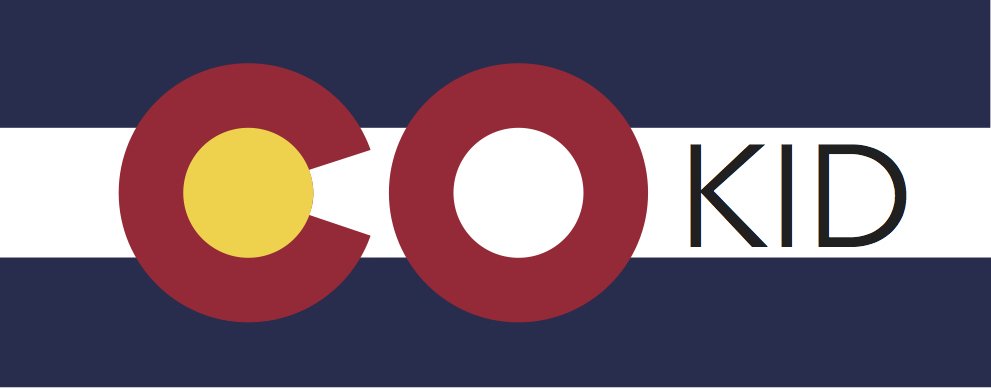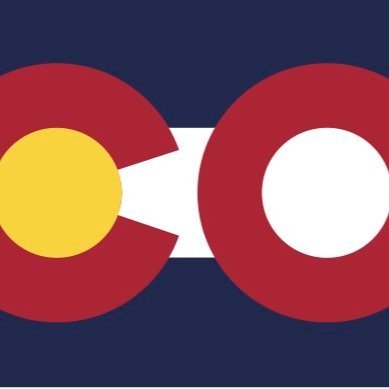2020-2021 Data
42% of students on an IEP in Colorado have a Specific Learning Disability (SLD)
2020-2021 Colorado Student Statistics
# of Students K-12: 883,199
# in K-12 Special Education: 98,705
# in K-12 Special Education for SLD: 41,677
According to the International Dyslexia Association, about 85% of kids with SLD are Dyslexic, therefore an estimated 35,425 students in Colorado Special Education are receiving services for dyslexia.
However, there are an estimated 12% of Colorado K-12 students with Dyslexia, or roughly 105,984 students. This leaves 70,559 not identified and/or receiving special education.
Few Dyslexic children in Colorado today are receiving services with fidelity and accountability for their Dyslexia.
Colorado 2015-2019 4th and 8th Grade Proficiency Rates
Students with and Without an IEP
2017-2018 Data
2017 Colorado Students:
Total #: 910,280
Total # in Special Education: 101,682
Total # in Special Education for Specific Learning Disability (SLD): 40,062
About 85% of children with SLD are dyslexic, therefore an estimated 34,053 students in Special Education are dyslexic.
Conservatively, 12% of all children are dyslexic. In CO, that would mean 109,234 of K-12 students are dyslexic.
The below graph shows 2017 Colorado IEPs by Disability and Grade. Early identification and intervention are key to dyslexics and can even prevent the need for special education. We are identifying children way too late – its peak in 6th grade! – and are only identifying them when they are significantly behind grade level. This is the very definition of wait to fail.
COLORADO STATISTICS
2017 Colorado Students:
Total #: 910,280
Total # in Special Education: 101,682
Total # in Special Education for Specific Learning Disability (SLD): 40,062
About 85% of children with SLD are dyslexic, therefore an estimated 34,053 students in Special Education are dyslexic.
Conservatively, 12% of all children are dyslexic. In CO, that would mean 109,234 of K-12 students are dyslexic.
The below graph shows 2017 Colorado IEPs by Disability and Grade. Early identification and intervention are key to dyslexics and can even prevent the need for special education. We are identifying children way too late – its peak in 6th grade! – and are only identifying them when they are significantly behind grade level. This is the very definition of wait to fail.
Source: Colorado Department of Education 2017-2018 school year data
Colorado Department of Education State Systemic Improvement Plan. This is Phase III submitted to US Dept on Ed on 4/2/18 and includes a wealth of information related to the literacy initiatives that have been underway since the first Phase of this plan began in 2015. Of particular note in this report is page 66 which lists the concerns related to teacher knowledge of reading research and evidence-based strategies:
http://www.cde.state.co.us/cdesped/ssip_colorado_phase3_year2
State Systemic Improvement Plan submitted 4/1/19:
http://www.cde.state.co.us/cdesped/ssip_ffy2017
Colorado’s June 28, 2018 Letter from ‘United States Department of Education – Office of Special Education and Rehabilitative Services’ with a determination that Colorado
This letter details Colorado’s determination of: ‘Needs Assistance in implementing the requirements of Part B of the IDEA’ Select the section titled ‘ co-aprltr-2018b’ via this link for more info: https://osep.grads360.org/#report/apr/2016B/publicView?state=CO&ispublic=true
Joint Budget Committee State Budget Briefing
FY 2019-2020 Department of Education December 4, 2018
https://leg.colorado.gov/sites/default/files/fy2019-20_edubrf.pd









